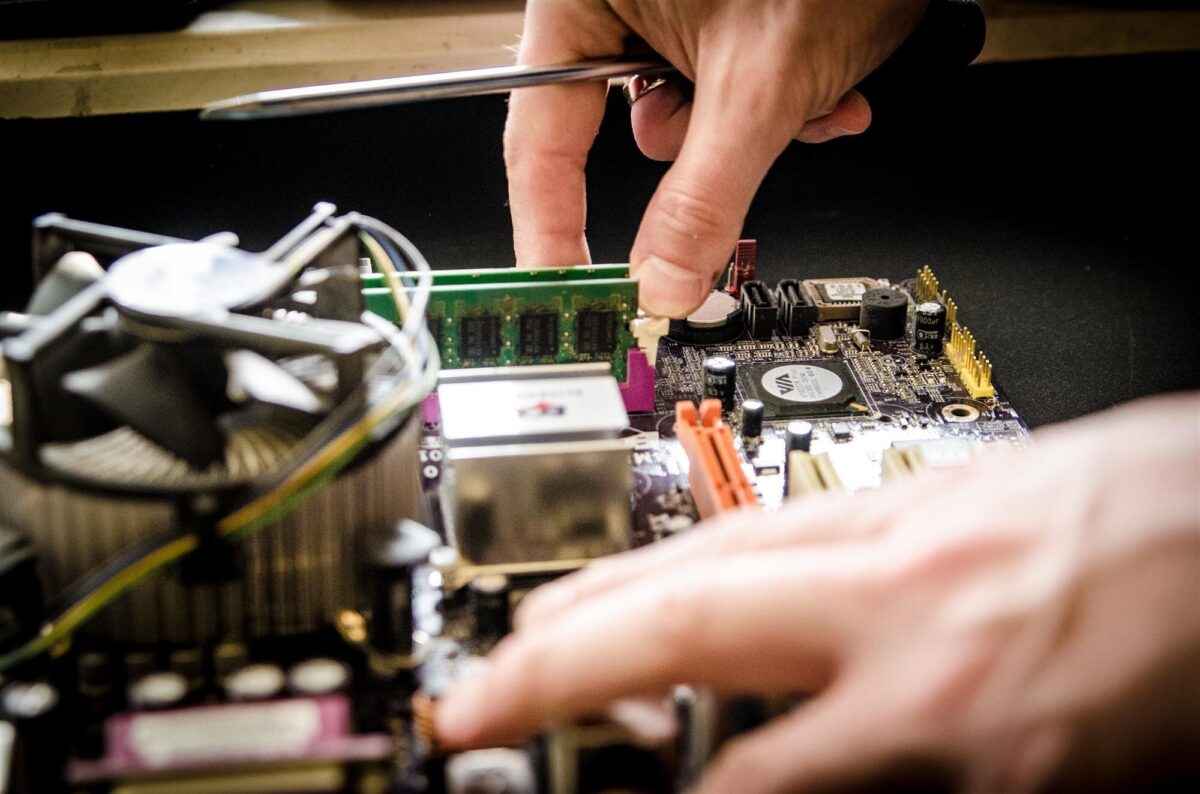Exploring Sustainable Warehouse Ventilation Solutions for the Future
As the world becomes increasingly aware of the environmental impact of various industries, sustainability has become a central concern in building design and operations. Warehouses, being large-scale facilities with high energy demands, are no exception. Efficient warehouse ventilation is crucial not only for the comfort and safety of workers but also for reducing energy consumption and carbon emissions. In this blog, we’ll explore innovative, sustainable warehouse ventilation solutions that are shaping the future of these industrial spaces.
The Importance of Warehouse Ventilation
Before diving into the sustainable solutions, let’s take a moment to understand why ventilation is vital in a warehouse setting. Proper ventilation is essential for several reasons:
- Air Quality: In warehouses, workers are often exposed to airborne contaminants such as dust, fumes, and chemicals. A well-ventilated space ensures these contaminants are efficiently removed from the air, maintaining a healthy environment.
- Temperature Control: Warehouses can get unbearably hot or cold depending on the climate, products stored, and equipment used. Effective ventilation helps regulate temperatures, reducing the need for artificial heating or cooling.
- Energy Efficiency: Without adequate ventilation, warehouses often rely on energy-intensive systems like HVAC to regulate air and temperature. Poor air circulation can also lead to excess moisture, which could damage products and structure, leading to increased maintenance costs.
As warehouse operations become more energy-conscious, companies are seeking innovative solutions to reduce energy use while ensuring a safe and comfortable working environment.
Sustainable Warehouse Ventilation Solutions
Let’s explore some of the forward-thinking approaches that are revolutionizing natural home solutions, making them more sustainable and energy-efficient.
1. Natural Ventilation
One of the most sustainable and cost-effective ways to improve warehouse ventilation is through natural ventilation. This method takes advantage of outdoor air by using windows, vents, skylights, and strategically placed openings to allow fresh air to circulate. By harnessing wind and buoyancy-driven airflow, natural ventilation can reduce or eliminate the need for mechanical ventilation systems in mild climates.
- Benefits:
- Reduces energy consumption by minimizing reliance on HVAC systems.
- Provides excellent air quality by introducing fresh outdoor air.
- Enhances worker comfort without added operating costs.
However, natural ventilation does depend on the external climate, the layout of the warehouse, and local weather patterns. As a result, it is most effective in temperate regions or warehouses that are not heavily climate-controlled.
2. Cross-Ventilation Design
Cross-ventilation, a subtype of natural ventilation, is particularly effective in warehouses that have large open spaces. By designing the layout to facilitate airflow from one side of the building to the other, warehouses can maximize air circulation without relying on mechanical systems.
- How It Works:
- Large open windows or vents on opposite walls or sections of the building allow air to flow through the space, pushing stale air out and pulling fresh air in.
- The temperature difference between the inside and outside also creates an upward air movement, further enhancing air exchange.
- Benefits:
- Reduced reliance on energy-intensive HVAC systems.
- Optimizes the use of natural resources, making the warehouse more energy-efficient.
This strategy requires careful design consideration to ensure the building’s orientation and openings align with wind patterns and air pressure differentials.
3. Demand-Controlled Ventilation (DCV)
As warehouses become more technologically advanced, so too do the systems designed to optimize ventilation. Demand-Controlled Ventilation (DCV) uses sensors to detect air quality, temperature, and occupancy levels. This system adjusts the amount of ventilation provided based on real-time data, ensuring that energy is used efficiently without sacrificing air quality.
- How It Works:
- Carbon dioxide (CO2) and humidity sensors detect the presence of people and the level of air contamination.
- When the number of workers increases or conditions change, the system adjusts ventilation levels accordingly.
- This is particularly beneficial in large warehouses with varying occupancy levels.
- Benefits:
- Maximizes energy savings by adjusting ventilation only when needed.
- Ensures optimal air quality and temperature regulation without over-ventilating.
DCV systems are ideal for large warehouses with fluctuating occupancy levels and where maintaining precise temperature and air quality is crucial.
4. Roof Ventilation and Skylights
Roof ventilation and the use of skylights are growing trends in sustainable warehouse design. Roof-mounted ventilation systems, including ridge vents, louvres, and turbine ventilators, provide an excellent way to release warm air, which naturally rises and escapes through the roof. This is particularly useful in warehouses with high ceilings, where hot air tends to accumulate near the roof.
- Benefits:
- Helps reduce heat buildup inside the warehouse, keeping the temperature more consistent.
- By promoting passive airflow, these systems reduce the need for mechanical cooling systems, cutting energy costs.
- Skylights also bring in natural light, further reducing the need for artificial lighting.
- Energy Savings: When combined with natural ventilation strategies, roof systems can create a passive cooling effect that is both effective and environmentally friendly.
5. Energy-Efficient HVAC Systems
While natural ventilation is ideal, there are instances where mechanical systems are necessary, especially in extreme climates or environments with strict temperature and humidity controls. In these cases, energy-efficient HVAC systems that use less power and incorporate renewable energy sources like solar panels are the way forward.
- How It Works:
- These systems use energy-efficient motors, heat recovery ventilators, and air filtration units to maintain indoor air quality while minimizing energy usage.
- Some systems incorporate solar-powered fans or use the building’s thermal energy for heating and cooling.
- Benefits:
- Significant reduction in energy costs.
- Lower carbon footprint compared to traditional HVAC systems.
- Ability to integrate renewable energy sources for enhanced sustainability.
The Future of Warehouse Ventilation
The future of warehouse ventilation lies in integrating smart technology, renewable energy sources, and eco-friendly materials into the design and operation of warehouses. Automated systems that use data analytics and artificial intelligence will monitor and optimize ventilation, creating a more sustainable and cost-efficient future for industrial facilities.
In addition, ongoing research into sustainable building materials and energy-efficient ventilation systems will continue to push the boundaries of what’s possible. Whether through integrating more advanced sensors, harnessing solar energy, or utilizing biophilic designs that integrate green spaces into warehouses, the trend toward sustainable warehouse ventilation is set to grow.
Conclusion
Sustainable warehouse ventilation is not just a trend but a necessity as industries strive to reduce their environmental impact. By implementing strategies such as natural ventilation, demand-controlled systems, and energy-efficient HVAC solutions, warehouses can drastically improve air quality, enhance worker comfort, and reduce energy consumption. As technology advances, the future of warehouse ventilation looks brighter than ever, offering new solutions that will help companies meet their sustainability goals and create healthier work environments.










